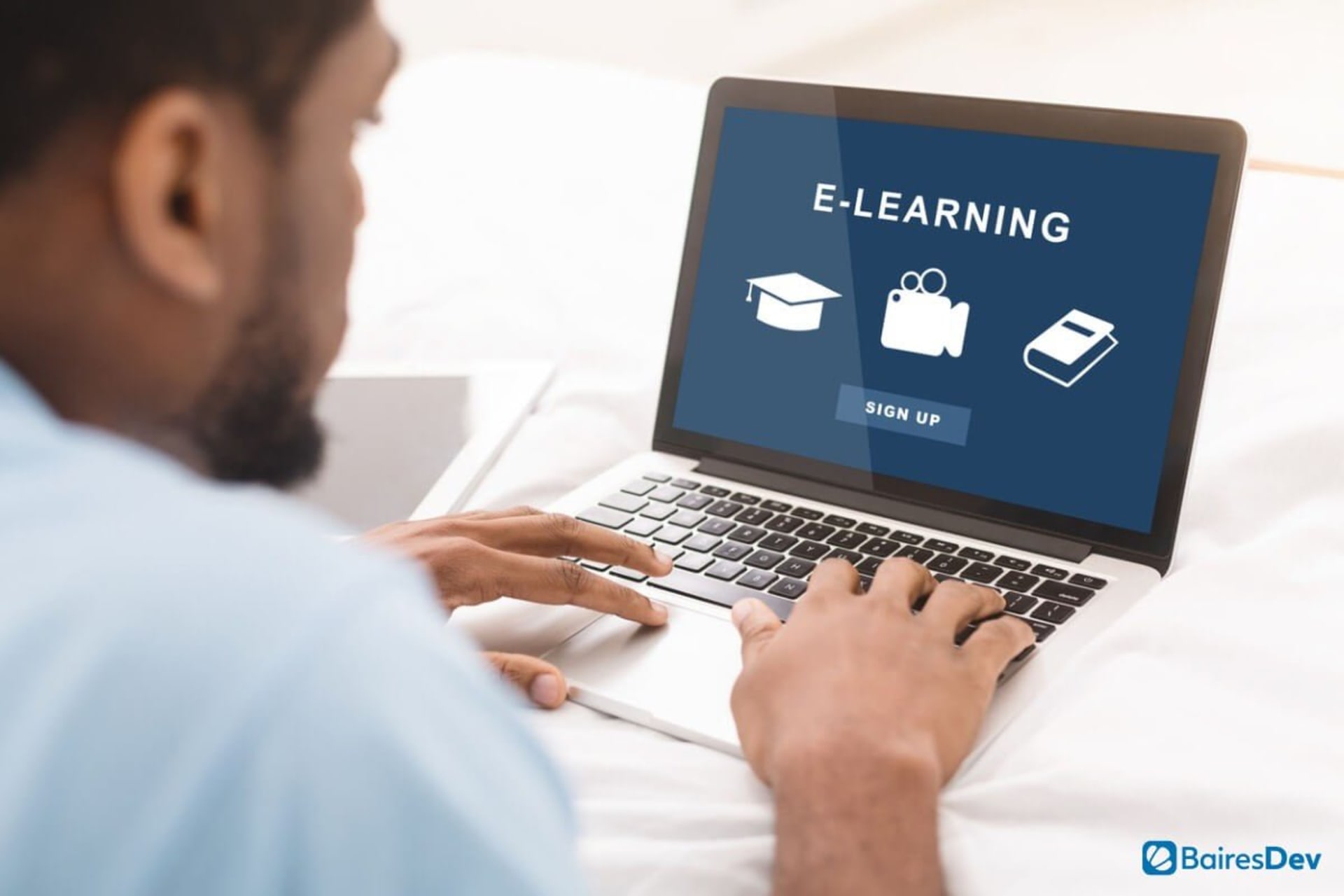I’m writing this from a place of frustration, both as a developer and as a professor. It’s extremely likely that education will never be the same in a post-pandemic world. And while there is a lot we are doing right, there are other areas where remote learning still has a long way to go.
It’s disheartening to see how much we’ve achieved in User Experience (UX), how we are building software shaped by how people think and perceive the world. And yet, remote learning still clings to tools that are cumbersome and difficult to navigate.
A Tale of 3 Users
When we talk about remote learning, we have to talk about the 3 types of users that share the common space of the virtual classroom: teachers, students, and managers.
Students are by far the most common type of user. They are primary consumers and sometimes content creators. Their engagement tends to be centered around accessing lectures, reading material, and doing activities.
Teachers are primarily content creators. They build the virtual classroom, organize the information, design activities, produce videos, lectures, text, and recordings. They also need management tools to keep track of their student’s progress, and security tools to prevent plagiarism.
Finally, we have the managers, whose job is to supervise. They create the classrooms, assign schedules, give permissions to teachers and create student lists. They are the ones with the eye-bird view of the learning process.
Here we have 3 very different types of users who share the same space. Therefore, a learning platform needs to provide the tools for every user to carry out their activities within the virtual classroom.
If only it was that simple…
The Virtual Classroom is Not Virtual Enough
Quickly, go on Youtube and search “How to calculate a definite integral.” Within less than a minute you’ll find dozens upon dozens of videos of teachers and math enthusiasts explaining the process in detail.
In order to watch the same explanation in the remote learning platform we use in our college, students have to log in, enter the classroom, search for the right module, look at the list of resources, and finally click on the right video.
Say what you will about Wikipedia, TikTok, and Instagram, but from a UX perspective, they are miles and above most remote learning tools out there. Their developers understand how to direct users towards the information they want on a fundamental level.
As Jing Jin, the main designer of children-focused learning tool Outschool, puts it, educational sites provide the content, but they aren’t interactive enough, they are not engaging. That might be fine for college-level students, but it can be an extremely frustrating experience for children.
Virtual classrooms try to emulate regular classrooms, creating siloed environments where teachers can impart their lessons and students can study. But culture has been steadily moving away from silos and more towards connectivity.
Even the most basic of blogs can add a Twitter feed with a simple widget. Applications like Discord and Slack provide more dynamic environments than sites like Coursera. Streamers have more refined tools for creating videos and sharing with an audience than most conference software on the market.
The point here is that virtuality is much more than a conference call, a forum, or a closed group where you share files. The challenge is to find a way to expand the virtual classroom and connect it with the internet at large, to create more engaging systems and give students the tools for self-development and learning.
Webpages like CodeCombat are getting there. Incorporating video game design, gamification principles, and behavior engineering to provide a fun and engaging experience that teaches kids programming (and adults with a kid’s heart).
From a User-Centered Design to a Learner-Centered Design
There is another aspect of this debate that people rarely touch upon. The person who bears the biggest burden in a virtual classroom environment is the teacher. Let me explain what I mean.
Online learning tools often feel like someone gives you construction materials and then tells you “hey, you can build your dream house, go crazy”. There is just one small problem: you aren’t an architect or engineer.
Teachers aren’t software developers (at least most of them aren’t), and yet, we are giving them the responsibility to customize a virtual environment. They are in charge of creating the content and building the user experience for the student.
Out of nowhere, being a teacher went from preparing classes, teaching, and following your students’ progress to becoming IT experts, video editors, content creators, and web designers. Options are good, except when they overwhelm the user.
Here I take the concept of learner-centered design from the book “Education technology”. Typical UX design focuses on the needs and goals of the user, for example, “the teachers need a module to grade their students”.
Learner-centered design poses the UX problem in terms of the interest: Learning goals and growth of the learners. Under this paradigm, we build our applications in such a way that we try to close the gap between the professional user and the learner.
In other words, learning tools should also be a learning experience for the teachers, most of whom are facing the challenge of having to impart courses over the internet for the first time. It’s not enough to train the teaching staff—the software should gently guide them in their process.
It could be as simple as a set of templates to help them set up their courses, or something more complex, like an AI that provides recommendations based on the outcome of previous courses.
Don’t Forget About Diversity
A couple of semesters ago we had a trans student who had to personally email all their professors to explain that the system was still using their deadname. If our platform had something as simple as a user customization section it would have been a non-problem.
Students come from all walks of life: Some are neurodiverse, others might have sensory handicaps, and others might lack the resources to update a 10-year-old computer. When designing our remote learning tools we have a responsibility to think about the marginalized audiences.
User experience encompasses not just the regular user, but also people with disabilities and or with other conditions that might marginalize them. No software can be a one-size-fits-all solution, but that doesn’t mean that we can’t make the effort to create systems that consider the experience of others.







